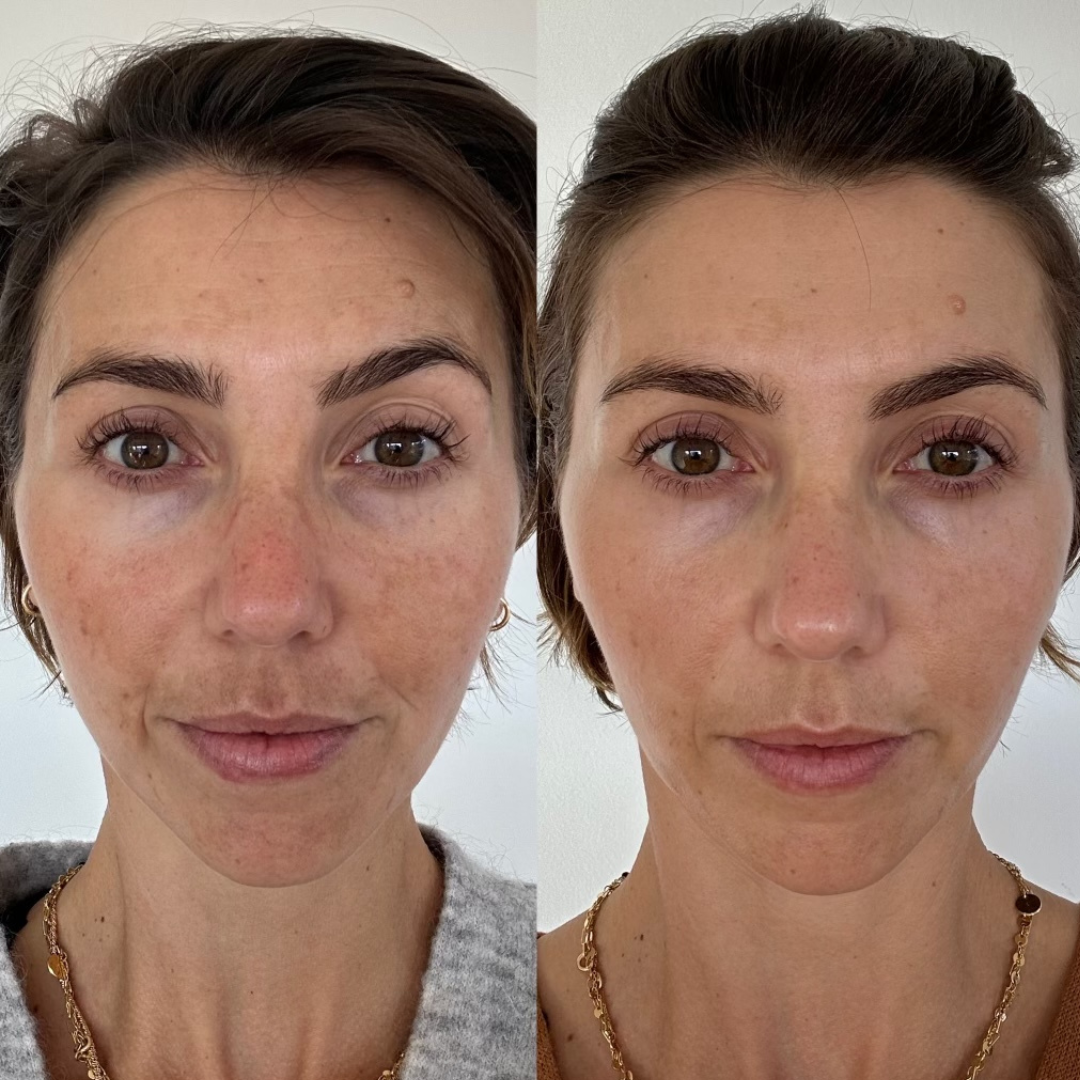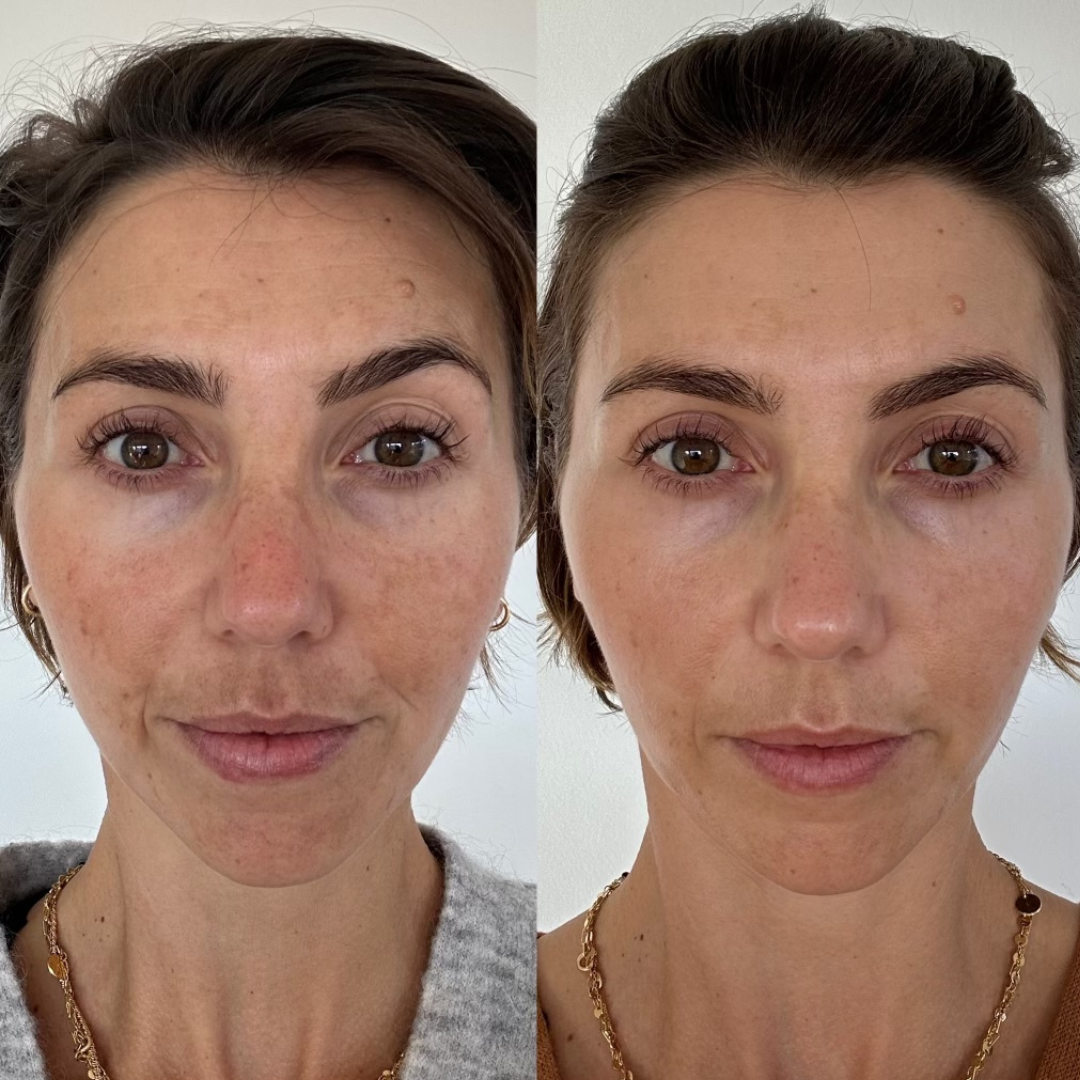Treating Pigmentation with SkinPen Micro Needling
06.04.2023

Skin pen micro needling is a minimally invasive cosmetic procedure that uses tiny needles to create controlled micro-injuries in the skin, which stimulate the body's natural healing process and collagen production. This treatment has been found to be highly effective in treating pigmentation, particularly melasma, which is a common pigmentation condition that causes brown or grey patches on the face. Not sure what type of pigmentation you have, read our blog to understand a bit more about pigmentation.
Treating Melasma & Darker Skin Tones
Melasma is notoriously difficult to treat. This is because it can be aggravated by UV exposure, inflammation, and heat. This form of pigmentation also involves the deeper layers of the skin, which are at a higher risk of rebound pigmentation, if not treated correctly.
Melasma, in particular, is a skin condition characterized by dark patches on the skin, and the excess melanin in these patches can absorb more energy from the light or heat used in laser or light therapy treatments. This can cause the melasma to become darker, and can even lead to permanent hyperpigmentation or hypopigmentation in the treated areas.
The same idea goes for darker skin tones. Using heat or light therapy can be more problematic for people with darker skin tones and melasma because these treatments target pigment in the skin, and the excess melanin in darker skin can absorb more energy from the light or heat, leading to burns or hyperpigmentation.
So why do we use SkinPen Micro-needling for this type of Pigmentation instead?
One of the main advantages of skin pen micro needling over laser or light therapy treatments is that it is safe and effective for patients with darker skin tones. Skin pen micro needling does not rely on heat or light to treat pigmentation, making it a safer and more reliable option for patients with darker skin tones.
In addition to its safety profile, skin pen micro needling also offers several other benefits for treating pigmentation. For instance, the controlled micro-injuries created by the needles stimulate the production of collagen and elastin, which can help improve skin texture, tone, and overall appearance. This treatment can also be customized to the patient's specific needs, as the depth and frequency of the needles can be adjusted to target different areas of the skin.
Overall, skin pen micro needling is a great option for treating pigmentation, particularly melasma, and is a safer and more reliable alternative to laser or light therapy treatments for patients with darker skin tones.
Combining Pigment Treatments for Better Results!
Combination treatments for pigmentation are often used because they can offer more comprehensive and effective results than a single treatment approach. Pigmentation can be caused by a variety of factors, including sun damage, hormonal changes, and genetics, and may require a tailored treatment approach. A combination of treatments, such as skin pen microneedling, chemical peels, and pigment serums can target different aspects of pigmentation, including reducing the appearance of dark spots, improving skin texture, and stimulating collagen production.

Our Client came to us to achieve a more even skin tone and reduce her post summer pigmentation. After examining her skin concerns, skin type and condition and having a discussion about the overall outcome and skin goals she was hoping to achieve, we developed a fully customised treatment plan unique to the client.
To prepare her skin for the upcoming treatments we recommended the use of SkinBetter Science Even Tone Pigment Inhibitor. Then due to the Clients Skin Tone, we decided to opt for a combination of SkinPen Microneedling and a Timeless Peel that would be best to treat the clients pigmentation.
Preventing Melasma
Before using these treatments to treat Melasma, it is essential to firstly introduce a pigment inhibitor product into your routine. Pigment inhibitors reduce and regulates the production of Melanin, by inhibiting Tyrosinase, which is an enzyme responsible for Melanin production.
Due to Melasma being a result of hormonal fluctuations, prevention is not always achievable. However, managing exacerbation of this type of pigmentation is paramount. As with every type of pigmentation, our number one form of defense is always incorporating an SPF into your daily routine.